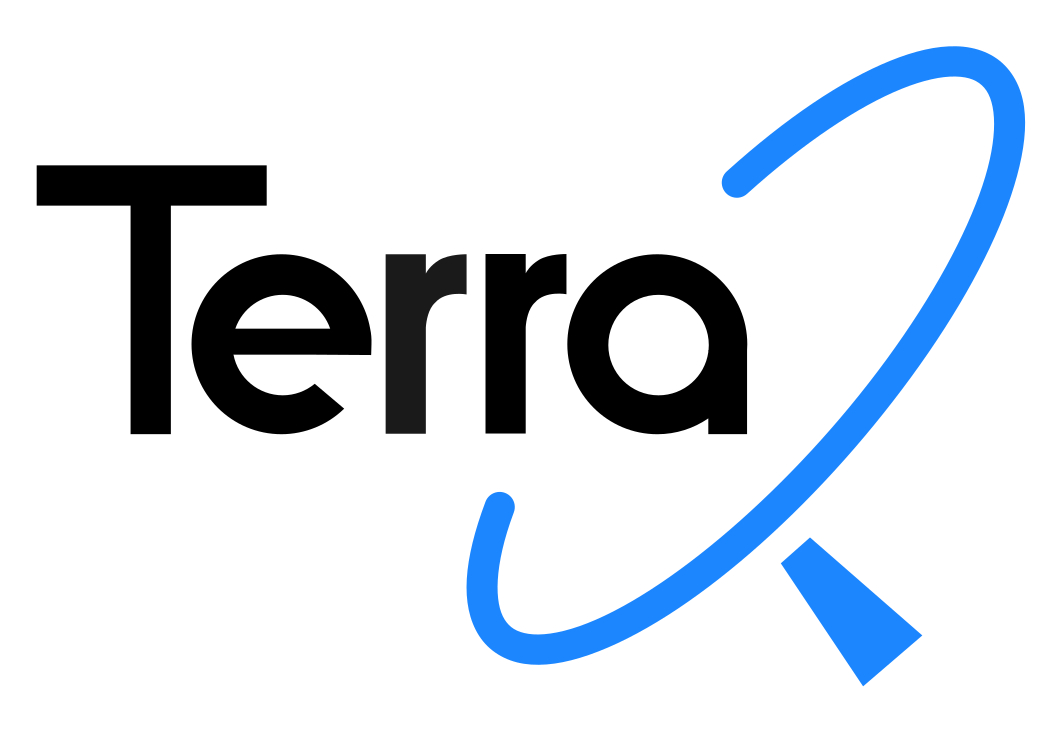Within this project, we are working on four aspects: wavefront characterization, the effect wavefront properties have on interferometric readout signals, the comparison of different options for defining such readout signals, and finally we will be working on interfacing with a satellite dynamics Simulator. All these different aspects will advance our understanding of precision interferometers, which will allow to build even more precise instruments in the future and match with high accuracy experimental data with simulations.
Objective 1: Beam characterization. For this, a few types of sensors and methods are currently available, such as Shack-Hartmann sensors, or beam profilers, however, neither is so far fully sufficient for the high resolution needed today for instance in prototype setups for future space application. We will therefore develop a wavefront sensor and extend an in-house beam fit algorithm and compare the wavefront characterisation performance with other typical methods. We will test our sensors and methods on experimental setups of other projects within TerraQ.
Objective 2: How wavefront properties affect the interferometry: From sub-project 1, we will gain detailed knowledge about the wavefront properties. For instance, we can then describe how high the higher order mode content of a laboratory laser beam is. But how does this higher order mode content affect the interferometry? This is the key question we will investigate in this objective.
Objective 3: Performance of different signal definitions: Interferometric readout signals can indeed be defined in different ways, and even though these differences are rather small, they can affect the resulting noise levels in the interferometer. It is currently not known, in what cases which signal definition is optimal for what cases. We will there fore test several typical definitions and compare their performance for standard test scenarios.
Objective 4: Interfacing with a satellite dynamics simulator: We are working with the software library IfoCAD, and will use this for objectives 2 and 3 of this project. IfoCAD is a C++ software library for designing and optimising laser interferometers, developed by us at the Institut für Gravitationsphysik (IGP) since 2009. IfoCAD provides methods for ray tracing and wavefront propagation in typical three dimensional topologies and computes interferometer readout signals. On the other hand, our project partners from B02 have developed the eXtended High Performance satellite dynamics Simulator (XHPS). XHPS will be used to model GRACE-FO and its orbits as well as future mission layouts. We will for the first time link our in-house software IfoCAD with XHPS, bringing together the optical simulations with the orbital simulations of a mission. Linking these two simulators is therefore a natural step to simulate space-based gravity missions with inter-satellite interferometry like GRACE-FO and successor missions.
Objectives of B03 - Optical Design Methods for Low-Noise Interferometry
- Enhance current beam profiling methods
- Investigate how beam imperfections affect interferometric readout signals
- Compare variations in interferometer readout signals
- Prepare for cross-over between IfoCAD and XHPS (project B02)
Executing Persons
Principal Investigators
Early Career Researchers
Publications
Showing results 1 - 2 out of 2












